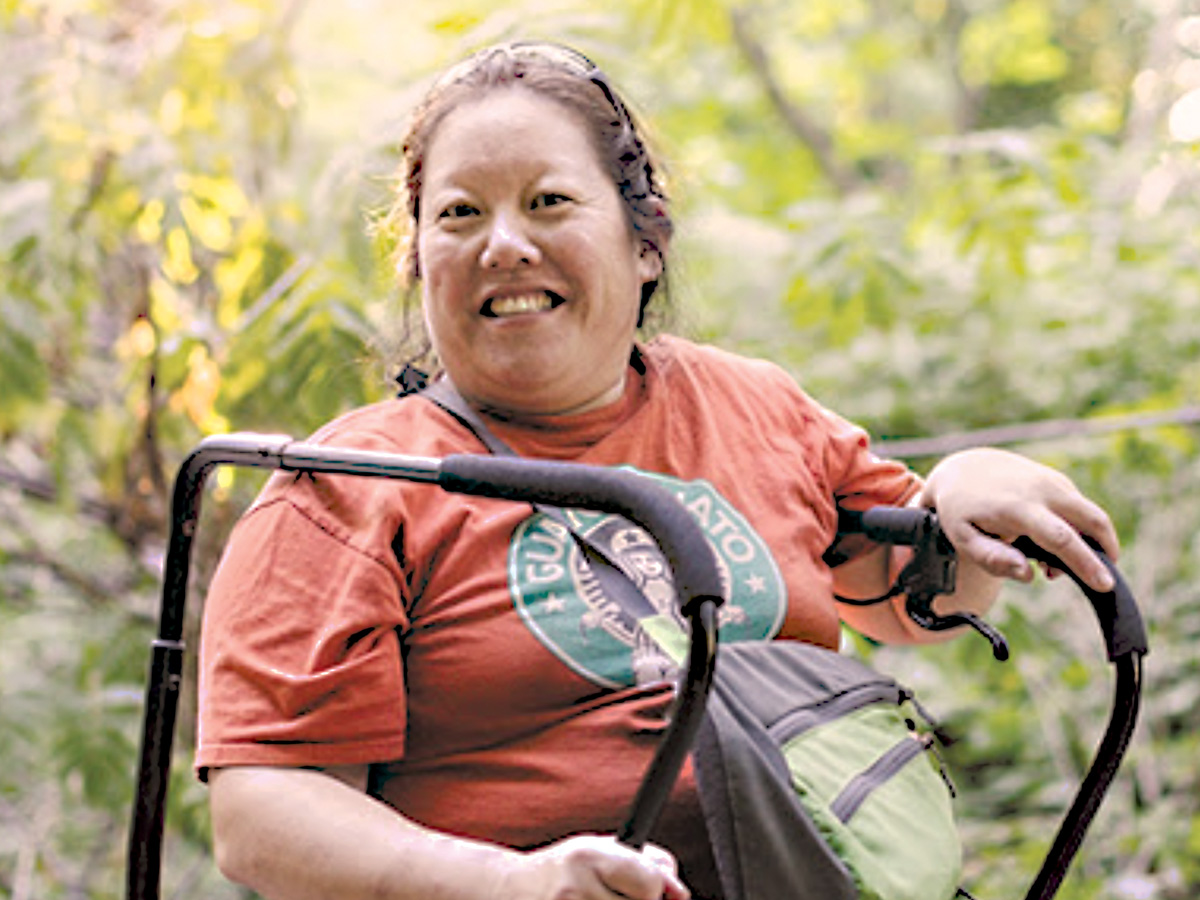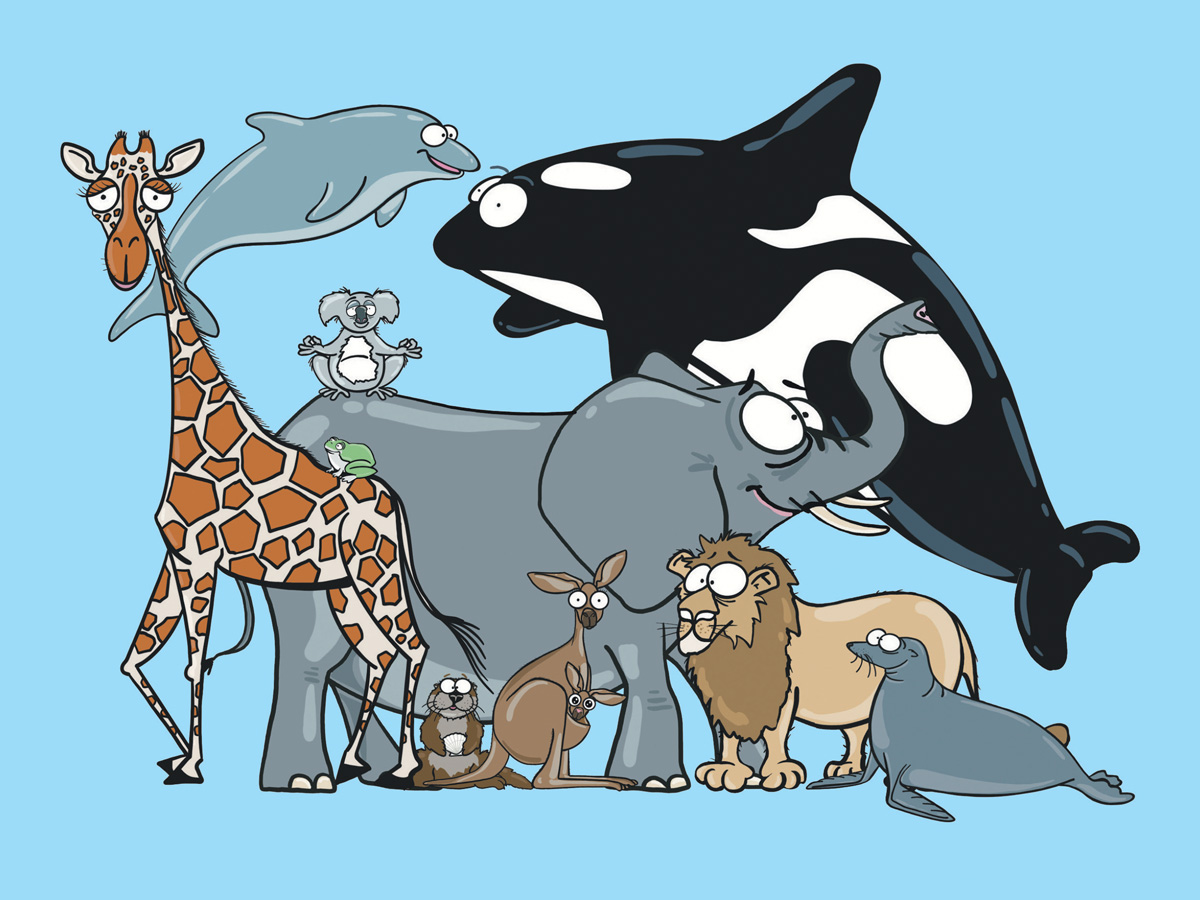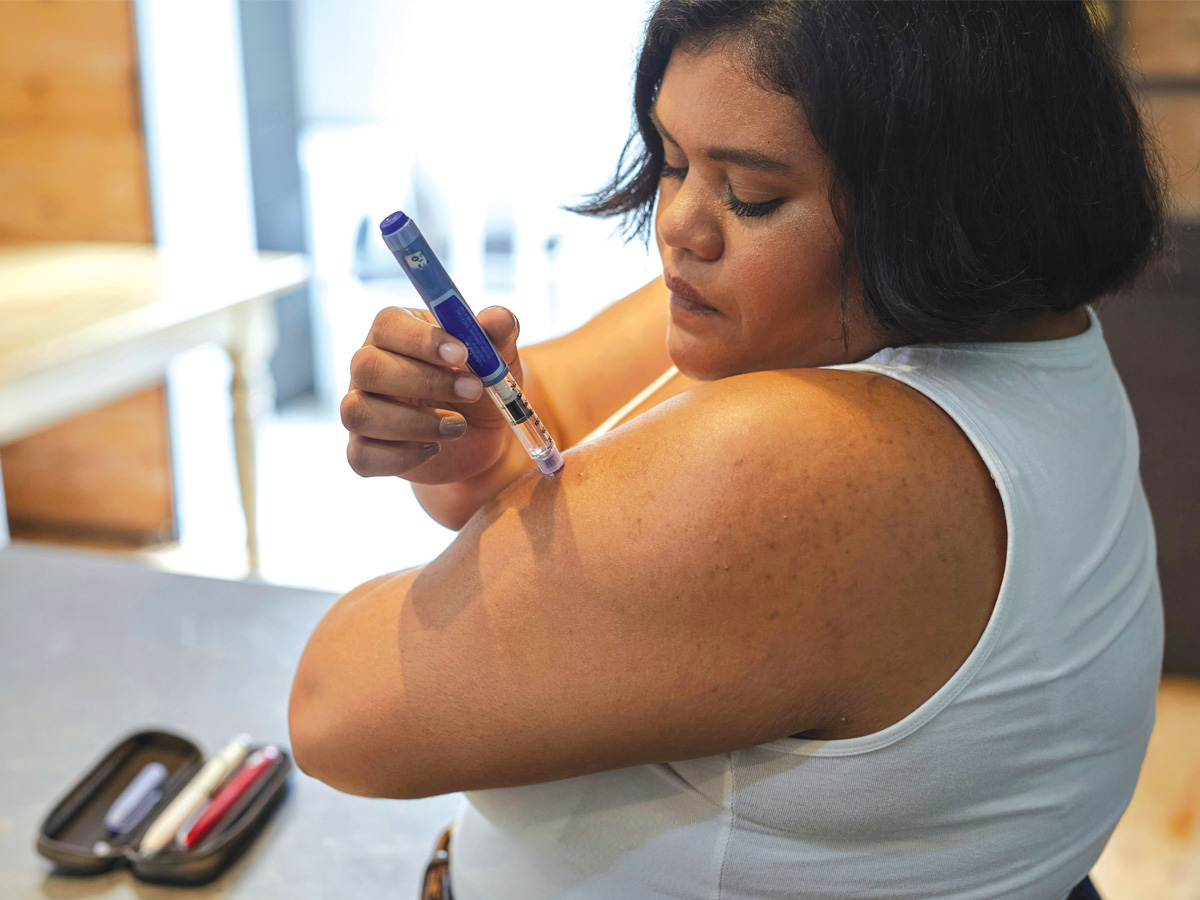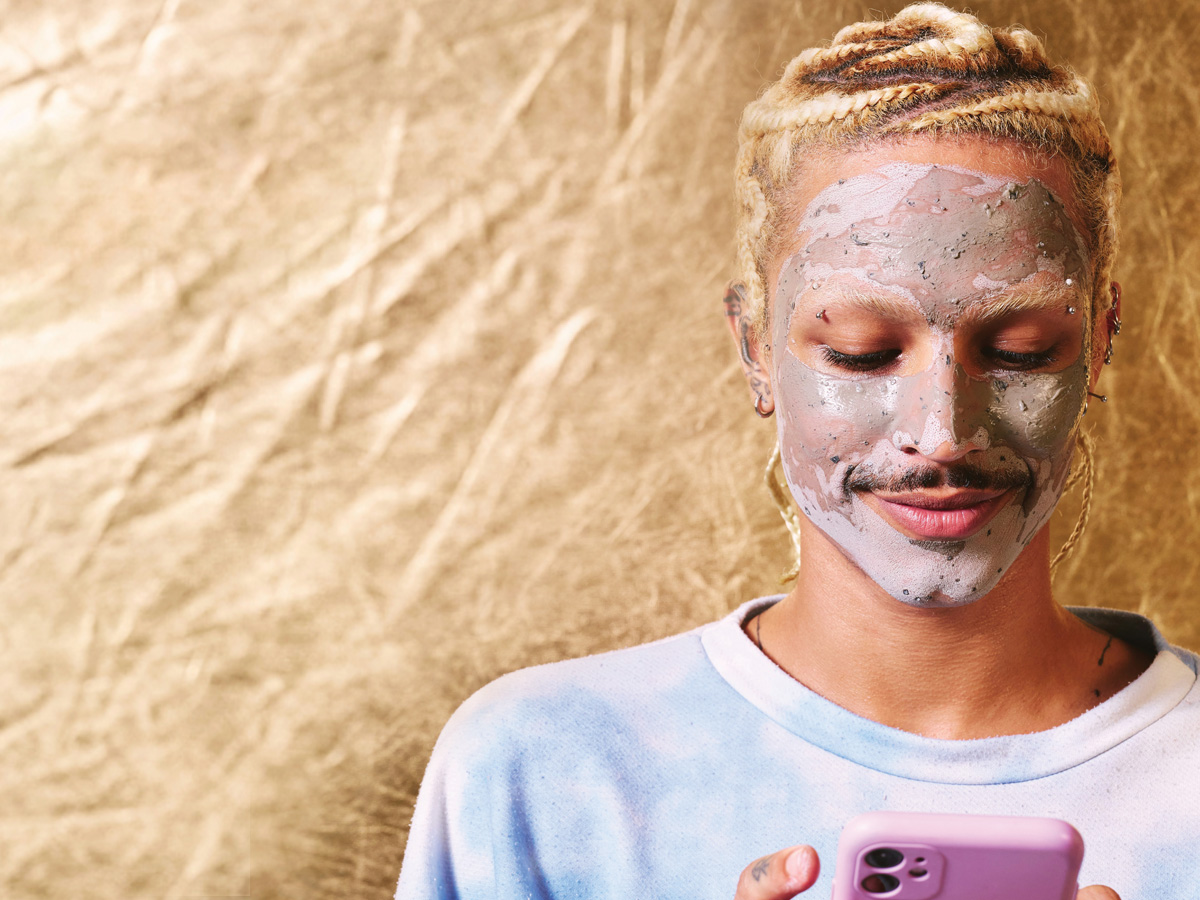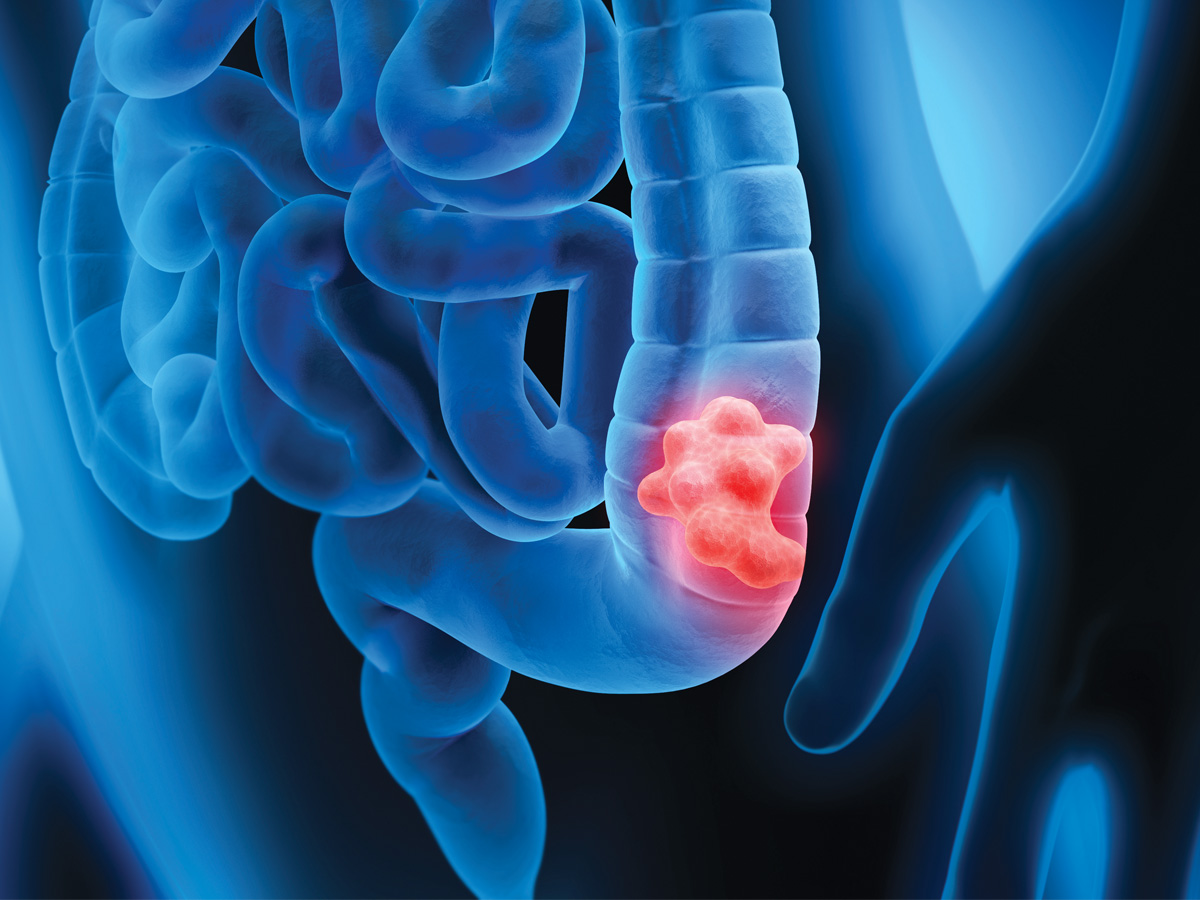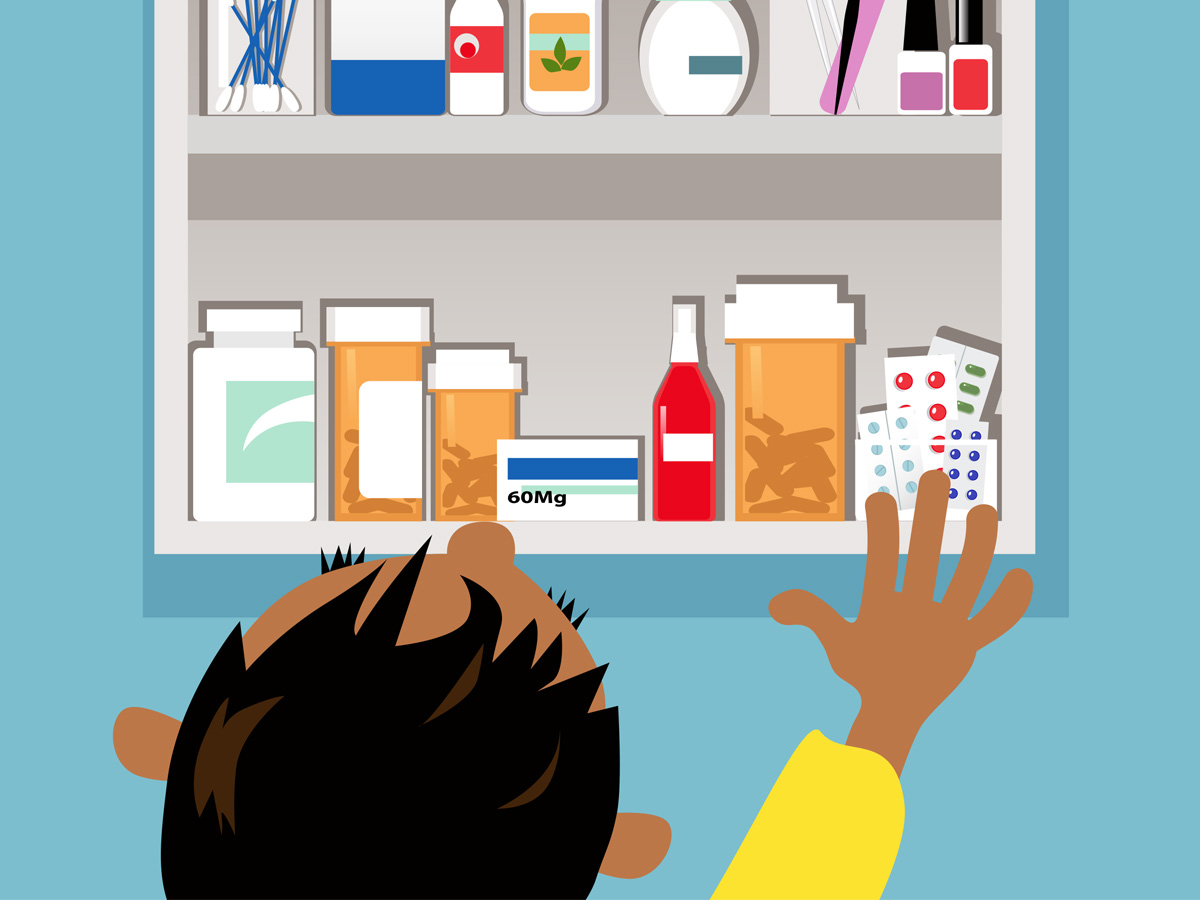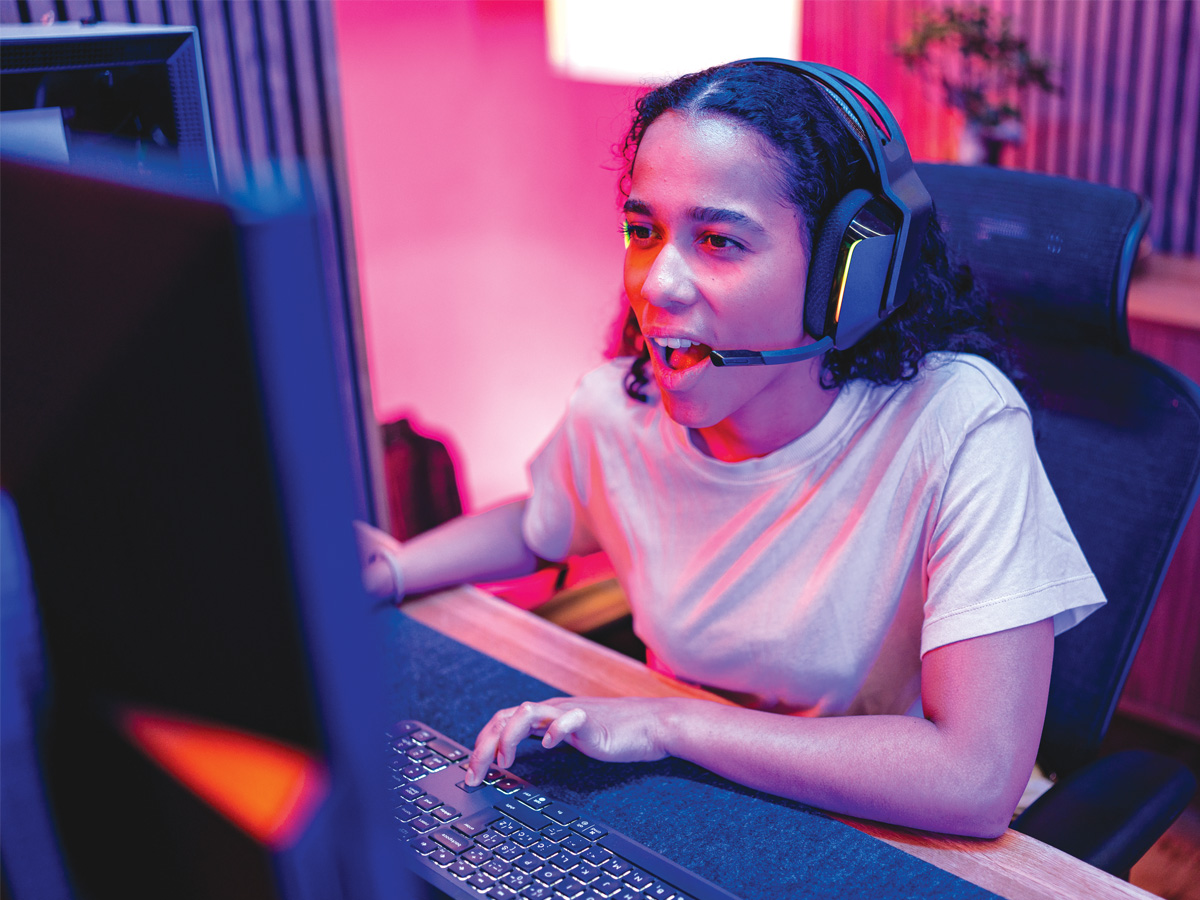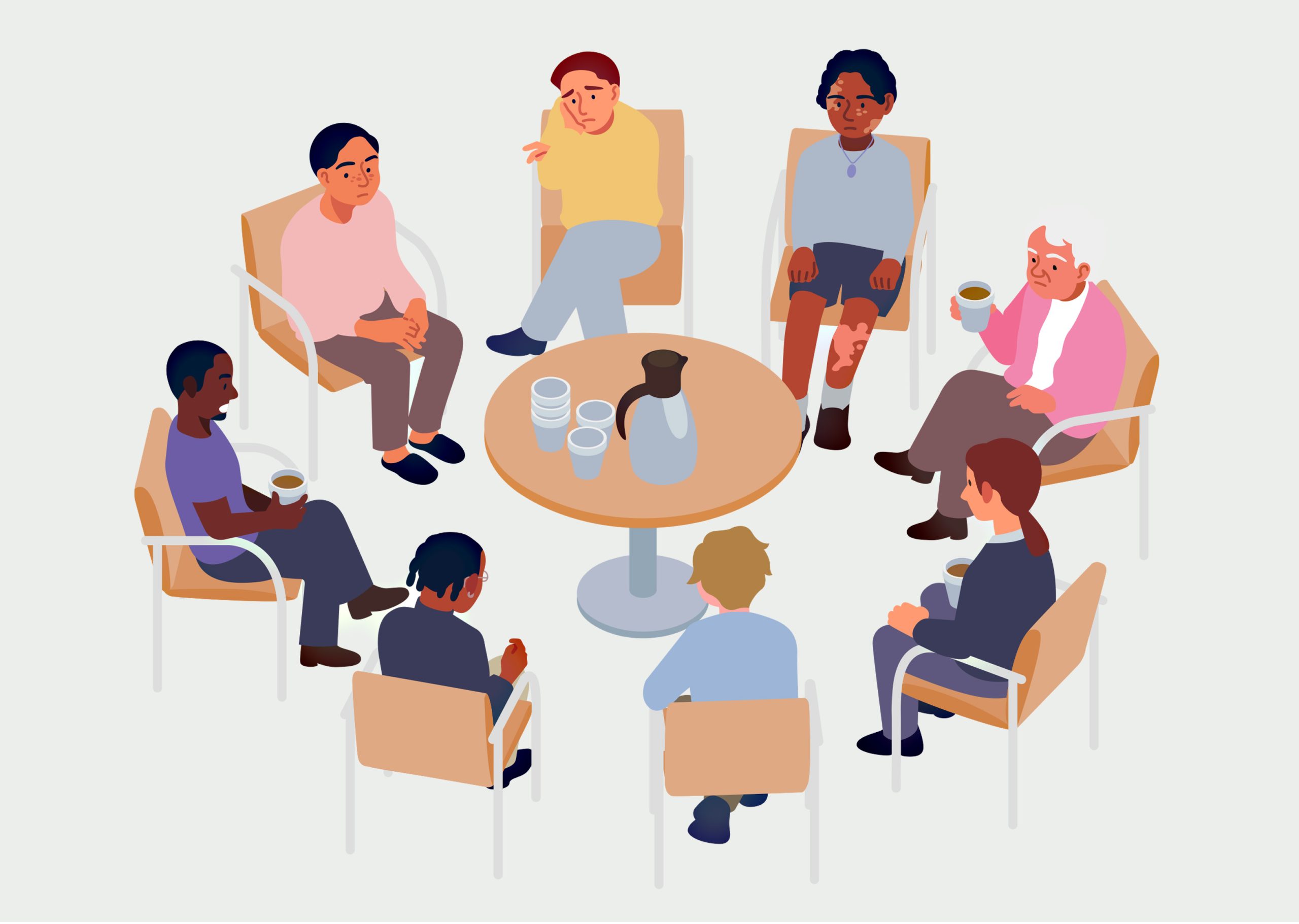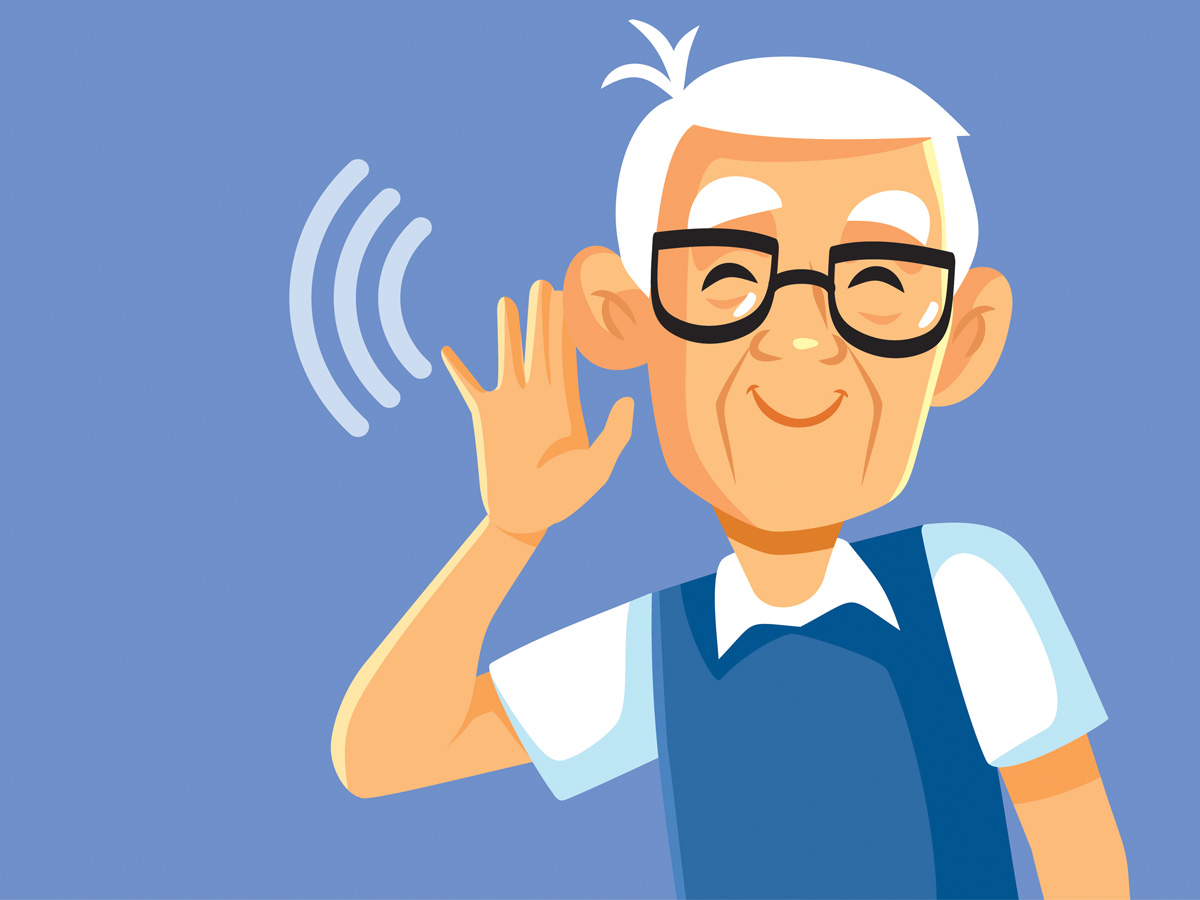Karen… you’ve done a variety of exciting things in your life … personally and professionally… and you’re a leader when it comes to facilitating conversations about accessibility and inclusion and now you’re the author of a wonderful children’s book called, I Wonder… Be Curious.
Q) We’d love to hear a little more about the book and the story behind it.
In the beginning, I was inspired by a group of conference delegates who’d listened to one of my keynote addresses. They loved the story and encouraged me to put pen to paper.
Q) And the giraffe and the frog?
The goal was to share the simplest of messages and you usually can’t go wrong with using cute, easy to relate to animals.
Q) You’re curious by nature and like to push your limits at times. How has that affected your life and your work?
I have always been curious about how much I can do rather than what I can’t do. When you live with a disability, there is a tendency for yourself, and others, to define you by limitations. We consider and label what you cannot do rather than what you can do?
Early on, I decided to be the author of my life. For me that means that I get to define my own limits—no one else!
So, if something I’m trying doesn’t work, I’ll investigate or create another way. Or, I’ll use a supportive equipment. Or speak up and ask for help. For the most part, there is not just one way to do things. It’s about being curious and figuring it out.
Q) How does living with Cerebral Palsy since birth, being willing to be vulnerable and being comfortable asking for assistance play into the narrative of “I wonder, I’m curious”.
As I see it, we need each other to live well. We are all interdependent creatures. We need to question ourselves, look for answers and find ways to face our fears so that we can connect better with one another.
I know that the world is not built for people like me who live with a disability – there are not enough ramps , intersections have short crossing times, automatic door buttons don’t always work etc. Rather than not participating and missing out, the easiest thing I can do is to ask for a hand up the stairs or help to open the door.
On the subject of being vulnerable…I think that word conjures up negative perceptions these days. Asking for help can even be seen as a sign of weakness and contradictory to the overarching phenomenon of being independent, successful, or being able to produce.
But in actual fact, building a “culture of vulnerability” is the way to build community. We are wired to live with each other. To do this successfully we have to be open and willing to ask for help—and realize that this is okay.
Of course, I would love the world to be fully accessible and inclusive, but in reality that will take a very long time and a huge amount of resources. My way is to ask someone to open the door or provide an arm to support me as I go up the stairs. That doesn’t cost anything—all that happens is I’m safe and it helps build community and friendship with one another.
Q) In your bio at the end of the book you speak of having brave conversations about disability? Can you tell us a bit more about those?
Unfortunately, disability is still surrounded by negative stigmas. However, the more we talk about it and share our perspective and educate others, the more we can normalize disability.
Q) What happens when we, like the giraffe and the frog, face our fears?
I think pushing our limits and facing things that make us afraid allows us to build confidence. In my book, the frog can now sit on the giraffe’s back, This means he is able to get through life and accomplish things with help from friends.
The moral of the story is…facing our fears helps us build resilience and discover new things and take on helps us challenge ourselves.
Q) Is there a life lesson that you hope your audience will take away after reading from the book?
Those with a disability are often labeled and it is important to never be defined by the labels you might be given. Always live with curiosity and wonder. These traits will lead you to discover who you are
and where you belong.
Q) Anything else you’d like to share?
We only have the one opportunity to live well on this earth with each other, so why not try and make the best of the journey, together. If some of us need an extra hand or need to rely on a network of family and friends, like the gang of animals in my book, so be it.
Truth is when we live with a disability, there may be many things that we can’t do and many barriers. This is our reality, and yet there are many other positive and productive things that we can and will do. I believe we have to be open, talk about the ways we do things and show others the creative solutions and work-arounds that help us. There is no shame in doing it this way. It is about having honest and authentic conversations about disability. Disability is not a bad word. We have to normalize it.
Karen Lai is an accessibility planner for the City of Vancouver. She has a Masters of Arts in Human Kinetics, has been a program staffer for variety of recreation programs for persons living with disabilities. She is a keynote speaker, facilitates inclusion and accessibility conversations.
I Wonder… Be Curious can be found at:
https://www.indigo.ca/en-ca/i-wonder…-be-curious/9781038343376.html
Illustrations: Andrew Woodford
